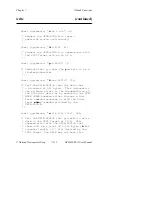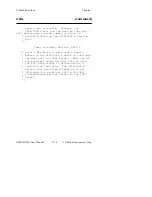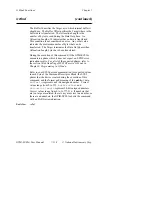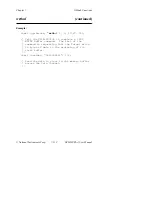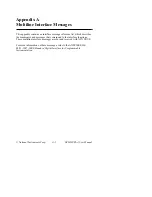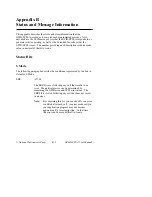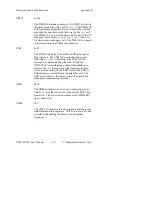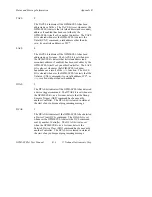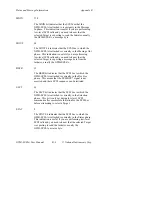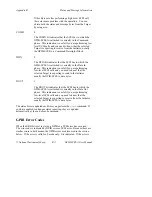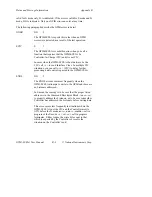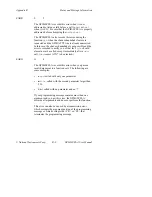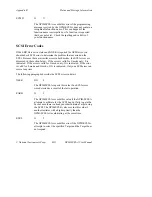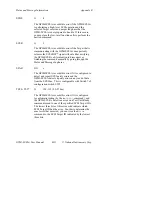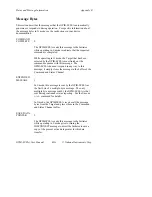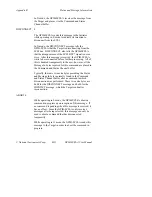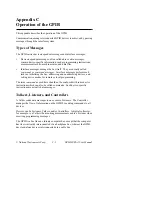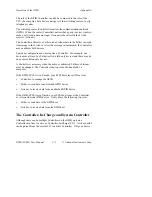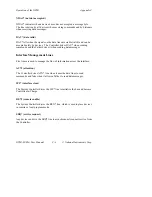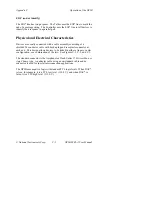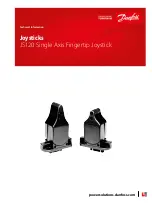
Appendix B
Status and Message Information
© National Instruments Corp.
B-7
GPIB-SCSI-A User Manual
If this bit is set after performing a high-level SCSI call,
there was some problem with the operation. You can
obtain both the status and message bytes from the Target
by using
cmp
.
COMD
4
The COMD bit indicates that the SCSI bus to which the
GPIB-SCSI-A is attached is currently in the Command
phase. This indication is useful if you are performing low
level SCSI calls and you need to know that the selected
Target is expecting to receive from the Initiator, usually
the GPIB-SCSI-A, a Command Descriptor Block.
DTIN
2
The DTIN bit indicates that the SCSI bus to which the
GPIB-SCSI-A is attached is currently in the Data In
phase. This indication is useful if you are performing
low-level SCSI calls and you need to know that the
selected Target is expecting to send to the Initiator,
usually the GPIB-SCSI-A, data bytes.
DOUT
1
The DOUT bit indicates that the SCSI bus to which the
GPIB-SCSI-A is attached is currently in the Data Out
phase. This indication is useful if you are performing
low-level SCSI calls and you need to know that the
selected Target is expecting to receive from the Initiator,
usually the GPIB-SCSI-A, data bytes.
The status bits are updated each time you perform the
stat
command. If
you have enabled continuous status reporting, they are updated
automatically at the end of each command.
GPIB Error Codes
When the ERR bit is set in status, a GPIB or a SCSI error has occurred.
The error code is indicated by GPIB error or SCSI error. Because there are
similar errors in both modes, the GPIB errors are discussed in the section
below. If the error is valid for S mode only, S is indicated. If the error is

